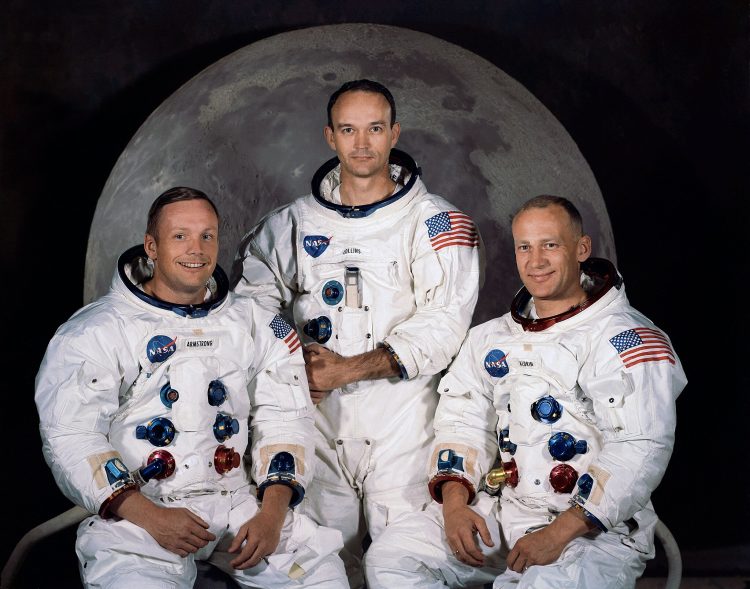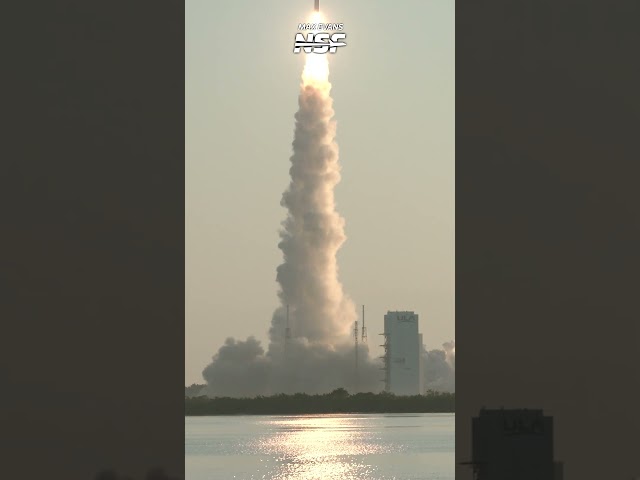Introduction
The Apollo 11 mission was a historic event that took place in July 1969. It was the first time that humans set foot on the moon, and it marked a significant achievement in space exploration. This article will provide a detailed history of the Apollo 11 mission, from its planning stages to its execution.
The Planning Stage
The idea for a manned lunar landing mission was first proposed by President John F. Kennedy in 1961. He challenged the nation to achieve this goal by the end of the decade. NASA, the National Aeronautics and Space Administration, was given the task of making this vision a reality.
Over the next few years, NASA developed the Apollo program, which consisted of several missions leading up to a lunar landing. Apollo 11 was the culmination of these efforts. The planning stage involved extensive research and development, as well as rigorous testing of the equipment and training of the astronauts.
The Crew
The crew of Apollo 11 consisted of three astronauts: Neil Armstrong, Buzz Aldrin, and Michael Collins. Neil Armstrong was selected as the mission commander. He would be the first person to step foot on the moon. Buzz Aldrin was the lunar module pilot, responsible for descending to the lunar surface with Armstrong. Michael Collins served as the command module pilot, orbiting the moon while Armstrong and Aldrin explored the surface.
These astronauts underwent years of training to prepare for the mission. They studied lunar geology, practiced lunar landings in simulators, and underwent physical and psychological evaluations to ensure they were fit for the journey.
The Launch
The Apollo 11 mission launched from Kennedy Space Center on July 16, 1969. The launch consisted of a Saturn V rocket, one of the most powerful rockets ever built. The rocket carried the command module, named Columbia, and the lunar module, named Eagle.
Landing on the Moon
After a journey of approximately three days, the spacecraft entered lunar orbit. Armstrong and Aldrin then transferred to the lunar module and descended to the lunar surface. On July 20, 1969, Neil Armstrong took his historic first step onto the moon, proclaiming, “That’s one small step for man, one giant leap for mankind.”
Exploring the Moon
Armstrong and Aldrin spent about two and a half hours outside the lunar module, collecting samples, conducting experiments, and taking photographs. They planted an American flag and left behind various items, including a plaque that read, “Here men from the planet Earth first set foot upon the moon. July 1969 A.D. We came in peace for all mankind.”
Return to Earth
After their successful lunar exploration, Armstrong and Aldrin rejoined Collins in the command module. They then began their journey back to Earth. The command module landed safely in the Pacific Ocean on July 24, 1969. The crew was greeted by a team of recovery personnel and taken aboard the USS Hornet.
Legacy of Apollo 11
The Apollo 11 mission was a tremendous achievement and a significant milestone in human history. It demonstrated the capabilities of human spaceflight and opened the door for further lunar exploration. The successful landing on the moon inspired generations of scientists, engineers, and astronauts to continue pushing the boundaries of space exploration.
Conclusion
The Apollo 11 mission will always be remembered as one of humanity’s greatest accomplishments. It showcased the power of human determination and innovation, and it proved that the impossible can be achieved. The legacy of Apollo 11 lives on today, inspiring future generations to reach for the stars.









